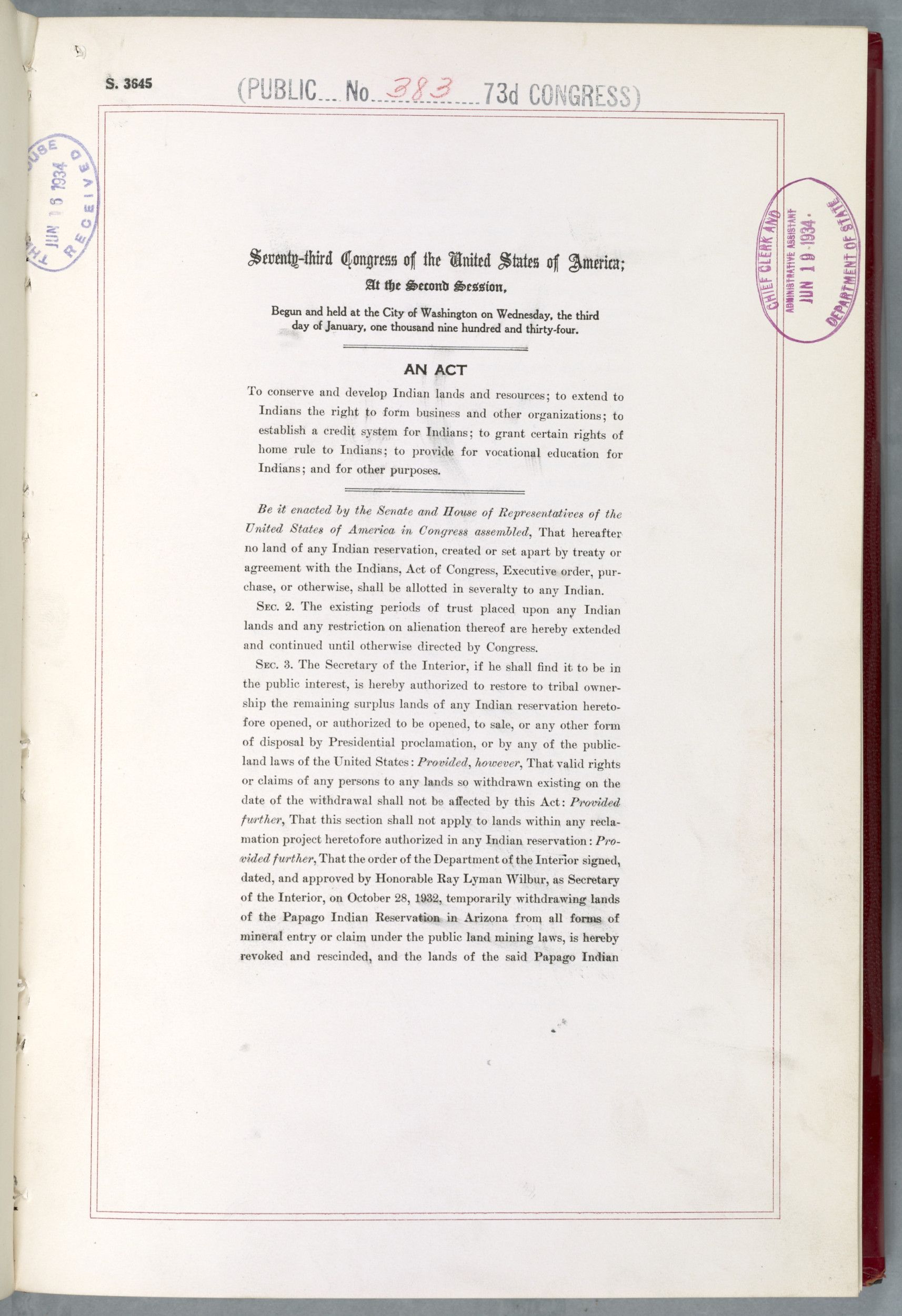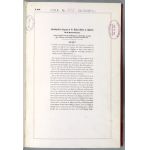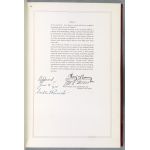Indian Reorganization Act
6/18/1934
Add to Favorites:
Add all page(s) of this document to activity:

Add only page 1 to activity:
Add only page 2 to activity:
Add only page 3 to activity:
Add only page 4 to activity:
Add only page 5 to activity:
Add only page 6 to activity:
Add only page 7 to activity:
When the Wheeler-Howard Act, also known as the Indian Reorganization Act, passed on June 18, 1934, it brought an immediate end to the nearly 50-year federal-Indian policy of allotment, which enabled the government to open “excess” Indian land to non-Indian settlement and destroyed tribal communities.
Its stated purpose was: "To conserve and develop Indian lands and Resources; to extend to Indians the right to form business and other organizations; to establish a credit system for Indians; to grant certain rights of home rule to Indians; to provide for vocational education for Indians; and for other purposes."
The Act replaced the allotment policy with a new policy which encouraged the revival of tribal governments and traditional Native American culture. The legislation gave tribes the choice to vote whether or not they wished to politically organize under the Wheeler-Howard Act.
Despite its good intentions, the Wheeler-Howard Act marked just a small step in the long path toward Native American self-determination—the practice of self-government and control over their own affairs. In the decades since, tribes have continued to encounter obstacles, but the Wheeler-Howard Act is credited with laying the foundation for the revival of many tribal governments and a return to greater tribal autonomy.
Its stated purpose was: "To conserve and develop Indian lands and Resources; to extend to Indians the right to form business and other organizations; to establish a credit system for Indians; to grant certain rights of home rule to Indians; to provide for vocational education for Indians; and for other purposes."
The Act replaced the allotment policy with a new policy which encouraged the revival of tribal governments and traditional Native American culture. The legislation gave tribes the choice to vote whether or not they wished to politically organize under the Wheeler-Howard Act.
Despite its good intentions, the Wheeler-Howard Act marked just a small step in the long path toward Native American self-determination—the practice of self-government and control over their own affairs. In the decades since, tribes have continued to encounter obstacles, but the Wheeler-Howard Act is credited with laying the foundation for the revival of many tribal governments and a return to greater tribal autonomy.
This primary source comes from the General Records of the United States Government.
National Archives Identifier: 7873515
Full Citation: An Act of June 18, 1934, Public Law 73-383, 48 STAT 984, to Conserve and Develop Indian Lands and Resources; 6/18/1934; Laws of the United States, 1934, 73rd Congress, 2d Session, Part 4, Public Laws 322-430; Enrolled Acts and Resolutions of Congress, 1789 - 2011; General Records of the United States Government, Record Group 11; National Archives Building, Washington, DC. [Online Version, https://docsteach.org/documents/document/indian-reorganization-act, April 27, 2024]Rights: Public Domain, Free of Known Copyright Restrictions. Learn more on our privacy and legal page.










